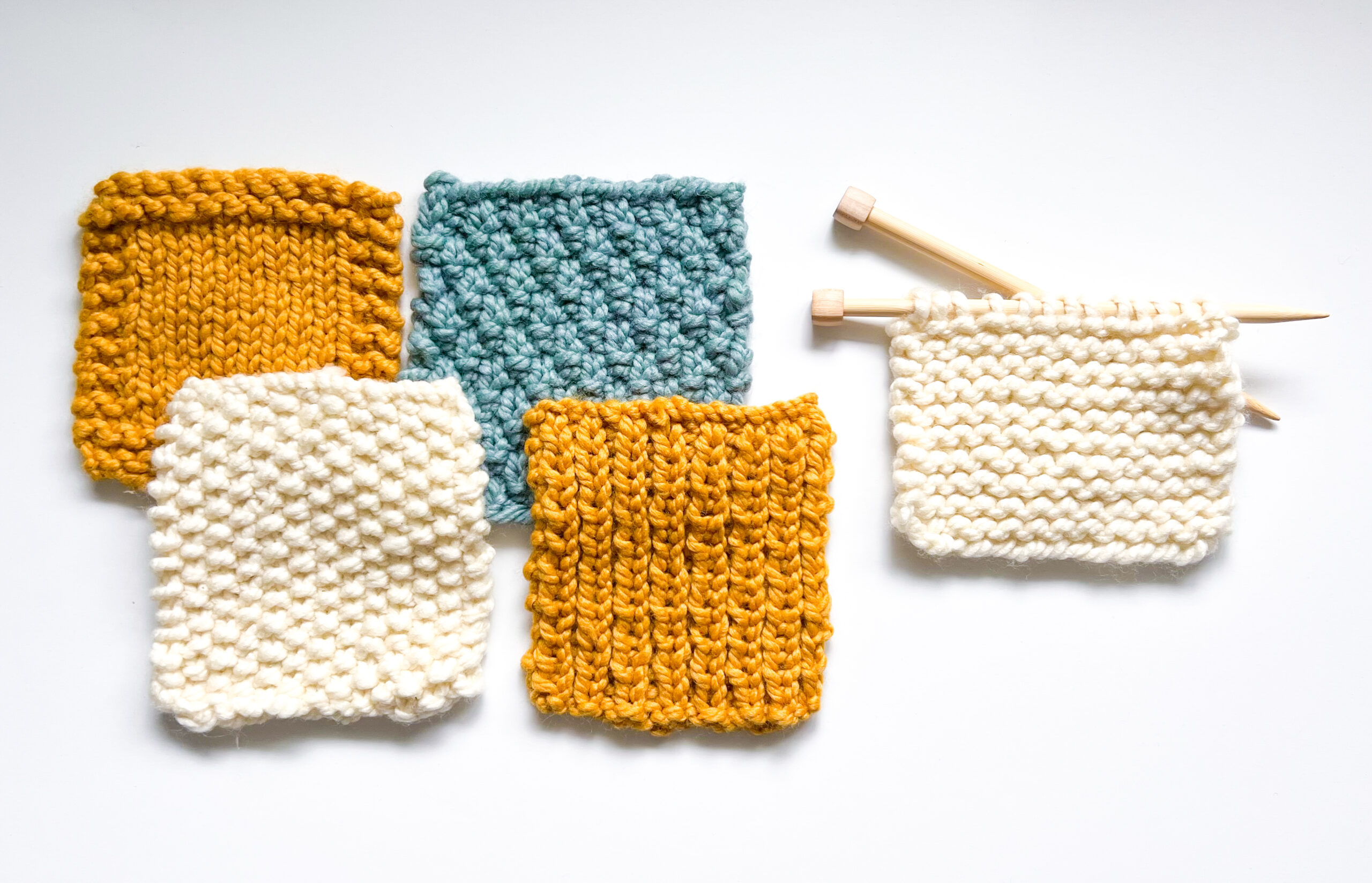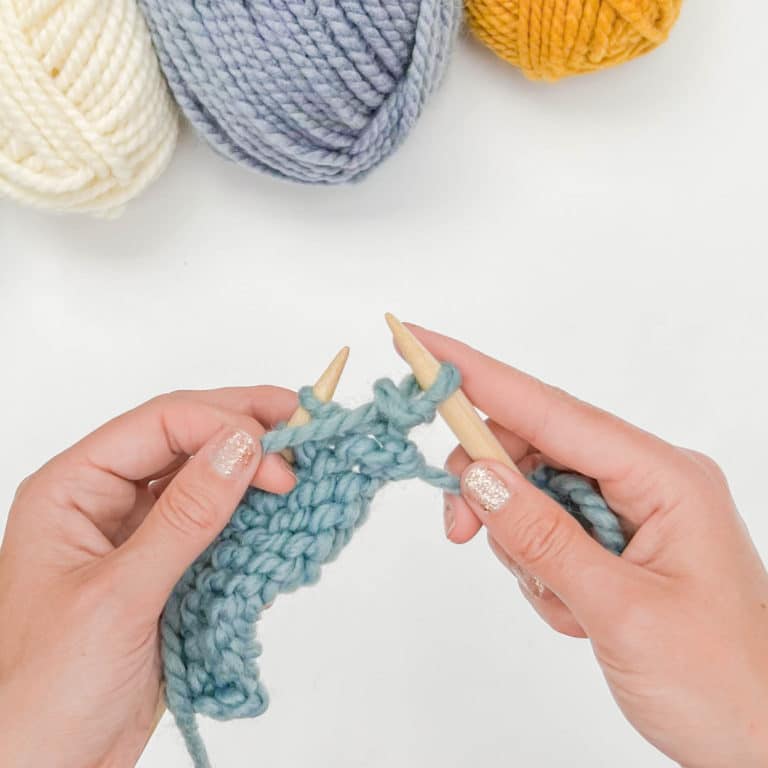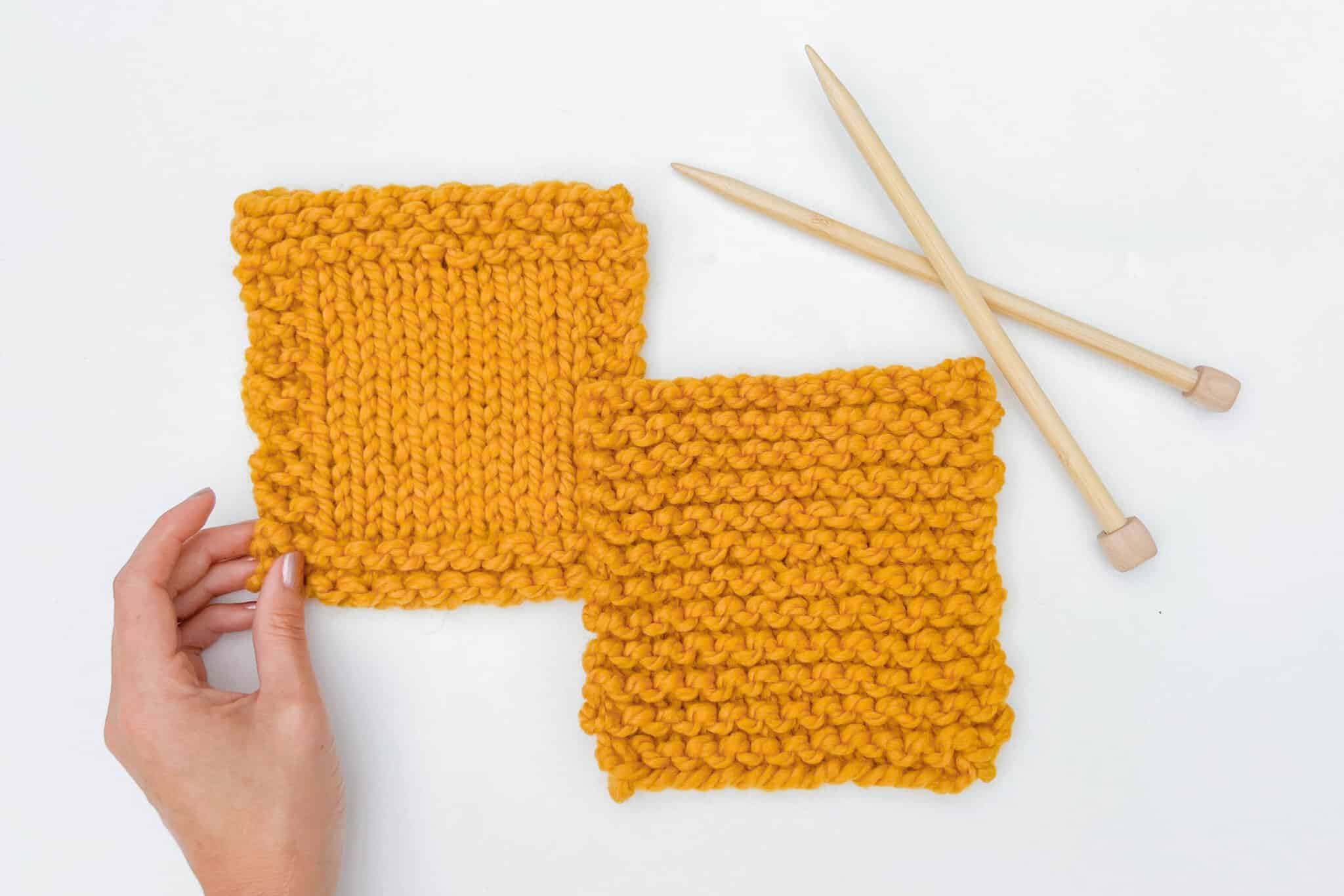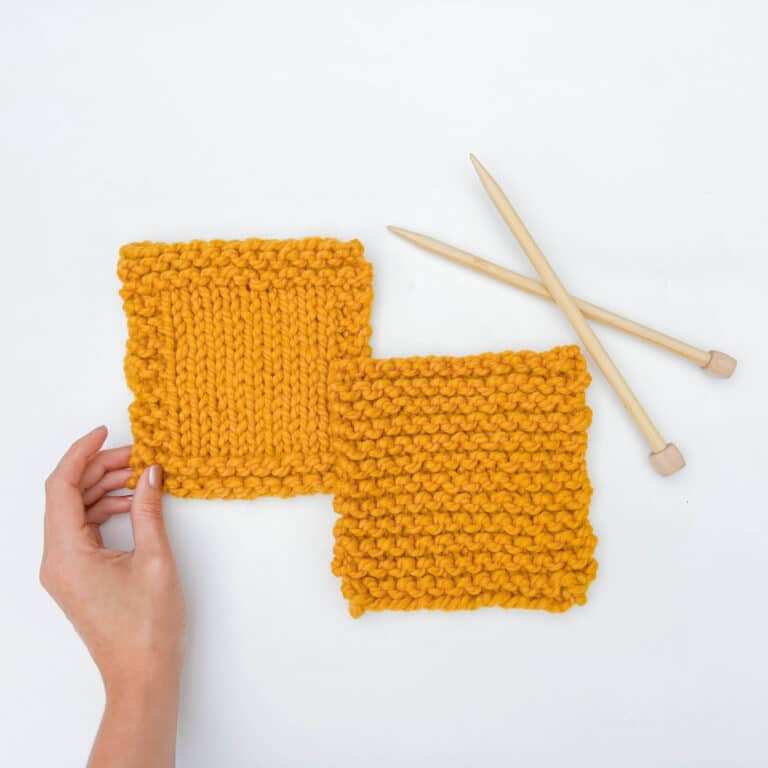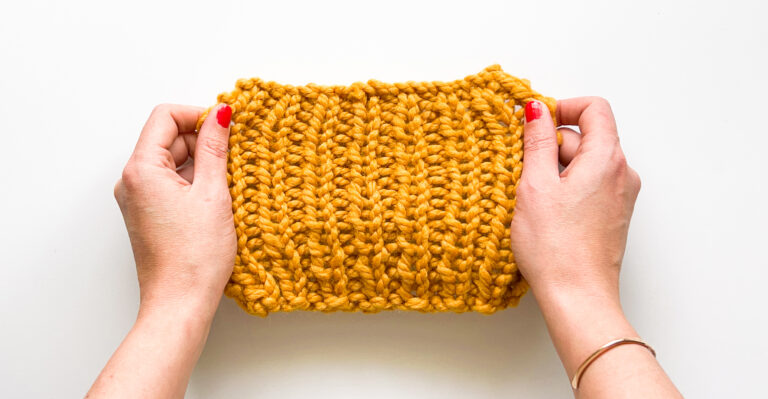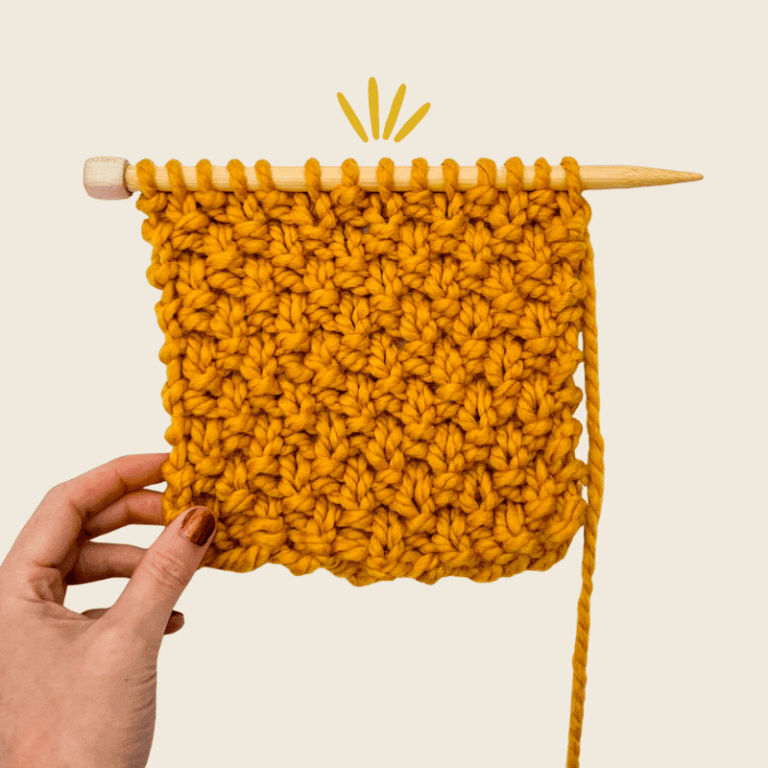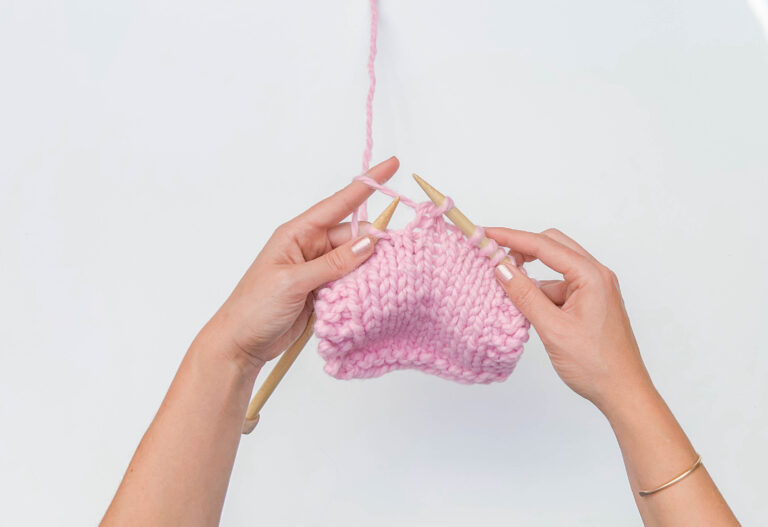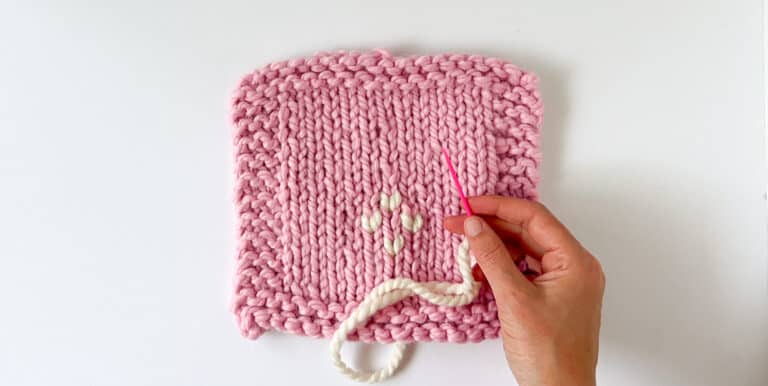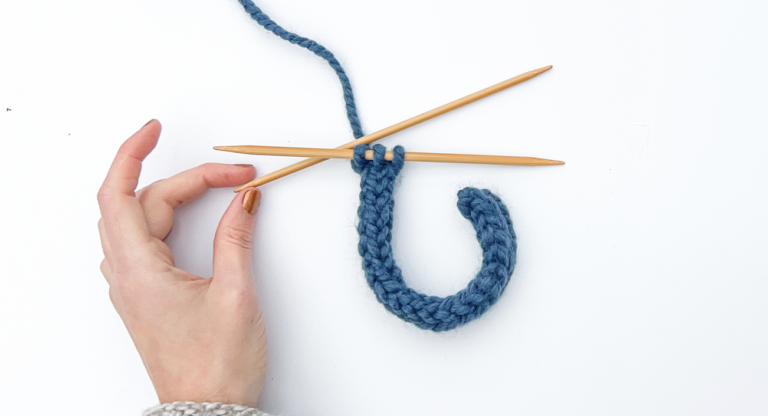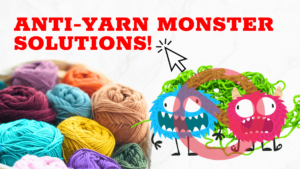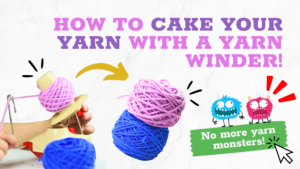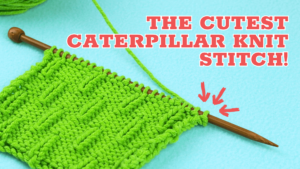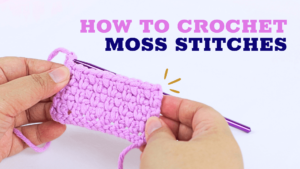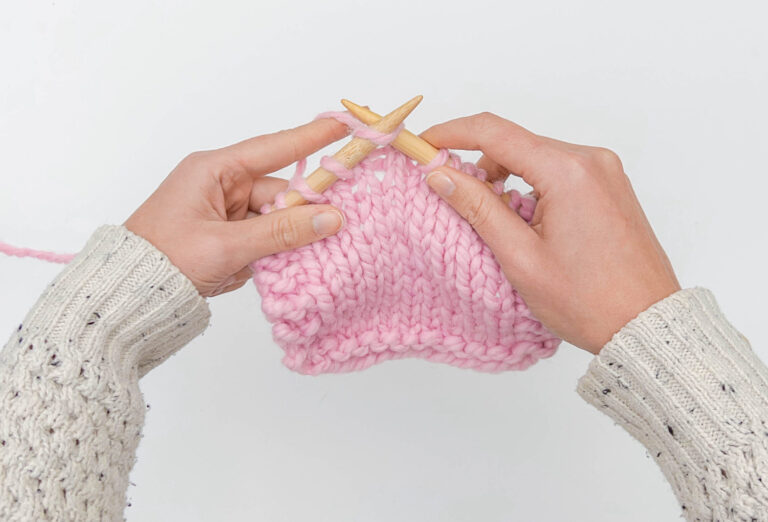
Basic Knitting
Stitches: PURL & KNIT
The knit stitch and purl stitch are the first basic knitting stitches to learn!
Just getting started knitting? The first place to start are the two basic knitting stitches: knitting and purling. Learning how to knit and purl immediately unlocks a whole library of stitch patterns.
Mix-and-match these two beginer knitting stitches to create a range of textures in your knit projects. Trying different combinations of knitting and purling to create a whole range of textures ranging from squishy and elastic, to smooth and flowy.
Once you’re good to go with these beginner knitting stitches you’ll be ready to tackle the most common stitch patterns!
